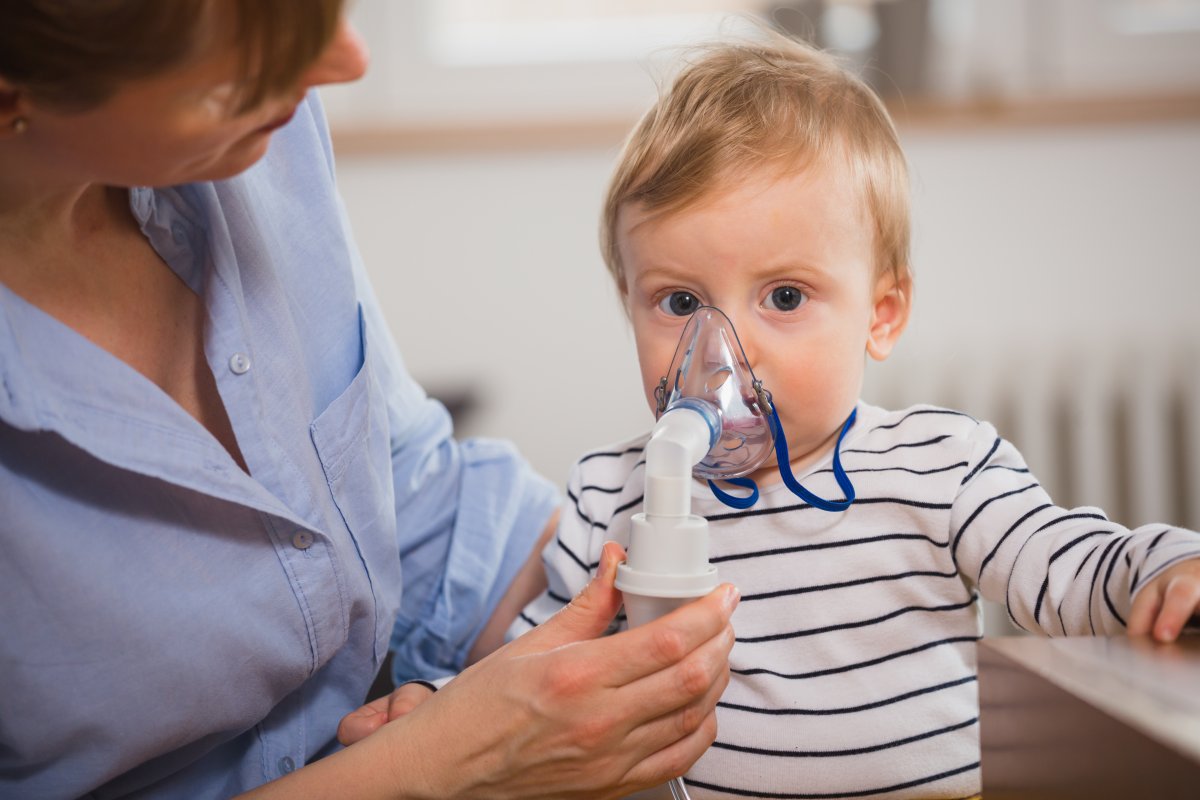One of the “strongest” cold viruses
RSV (Respiratory Syncytial Virus) is one of the worst “common cold” viruses in circulation. 1 in 20 children under 3 months-of-age who contract RSV will require hospitalization. It is also very dangerous for the elderly and immunocompromised. Symptoms can last up to a month and many children shed the virus for 2 to 3 weeks (it’s very contagious). People “catch” RSV by touching their eyes, mouth, or food that has been in contact with RSV secretions or mucous (yuck). So handwashing is very important!
The 2021 RSV Season is Late
Because of COVID, adults and children were staying separate and wearing masks this winter, so the 2021 RSV started late and is continuing later than normal. Usually, RSV season would be over by now.
RSV Goes to the Lungs
Most “common cold” viruses cause coughing because of a postnasal drip and inflammation of the throat. But RSV often moves down into the lungs, causing wheezing, trouble breathing, and possibly requiring oxygen.
How to Prevent RSV
Since there is not an RSV vaccine yet, the best way to prevent RSV is to limit possible exposure. During RSV season, make sure infants and toddlers are kept away from sick children and adults. Also, since it’s mainly spread through mucous or secretions, handwashing is very important! Daycares and preschools should send home infants and toddlers with cold symptoms, especially during an RSV outbreak.
How to Treat RSV
Since RSV is a virus, there is no medical treatment for RSV. But children with RSV can develop ear infections, bacterial pneumonia, or sinus infections. As with all “colds” follow-up with your child’s pediatrician if you are concerned about your child.
You Can Catch RSV Multiple Times
Theoretically, someone could catch RSV every winter! Thankfully, the infections is usually milder with each infection.
